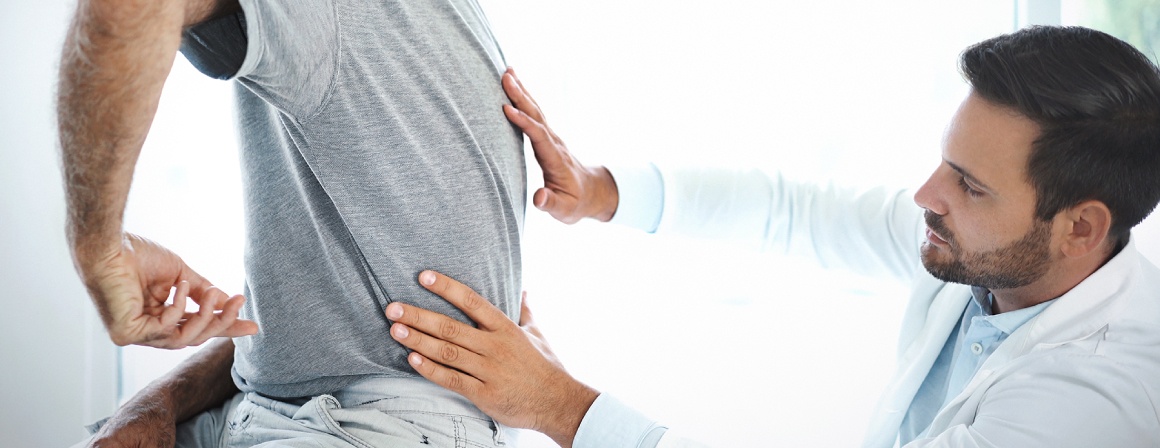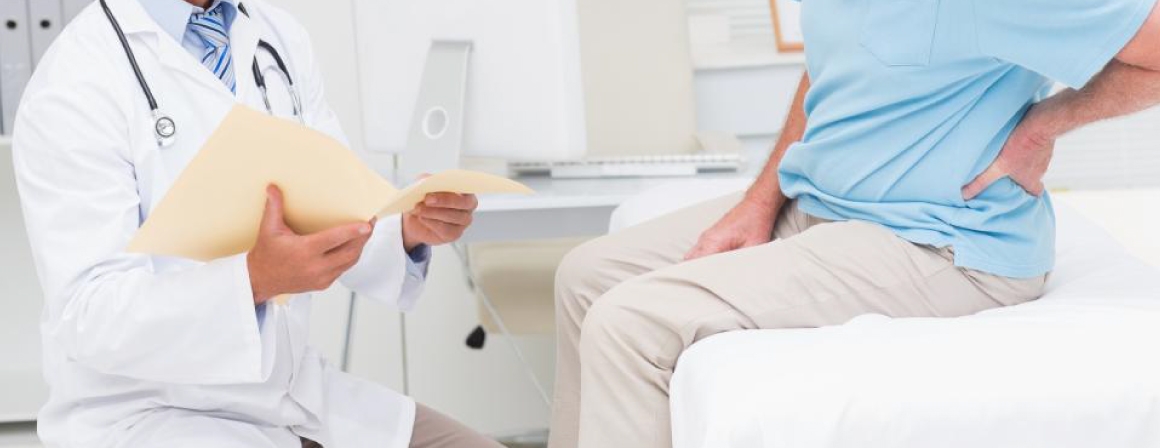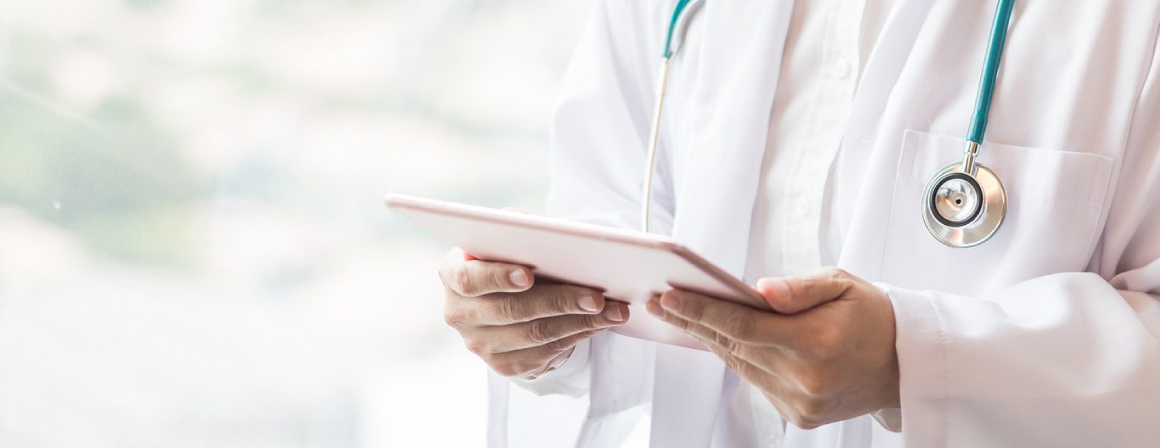Spinal Cord Stimulation
Book an appoinmentSpinal Cord Stimulation
Conventional treatment for patients suffering from chronic pain In case the methods do not give successful results, Pain Pill – Spinal Cord Stimulation is an effective alternative. This treatment is also advantageous because it is a minimally invasive procedure. Another advantage is; Compared to some techniques in which pain transmission is physically interrupted, SKS treatment is reversible.

What is Spinal Cord Stimulation?
Pain Pill is applied in the treatment of chronic, severe and persistent pain. Also known as Spinal Cord Stimulation (SCS); It is an attempt to suppress pain by applying low voltage electrical current to the spinal cord. For this reason, it is also known as Spinal Cord Battery. The working principle of the system is simply as follows: The electrode is placed in the epidural area of the patient and stimulation is provided with a controlled electric current given from the device placed under the skin.
To whom can it be applied?
Pain Battery is a treatment method that provides successful results in selected patients. Therefore, patient selection is very important. For Pain Battery – Spinal Cord Stimulation (SCS): The patient must have chronic, severe and frequently recurring pain. Other treatment methods must have been tried but failed. The patient should have a psychiatric evaluation. (Pain Battery cannot be applied to patients with major psychiatric problems.) The patient should not have any drug addiction.
Diseases where spinal cord stimulation is effective
-
-
Phantom pains
-
-
Failed back surgery syndrome
-
-
Spinal cord lesion
-
-
Lumbar radiculopathy
-
-
Peripheral neuropathy
-
-
Peripheral vascular disease
In recent years, spinal cord stimulation has become preferred in the treatment of chest pain caused by heart disease (dorsal cord stimulation angina pectoris).
On the other hand, peripheral nerve stimulation can also be used in peripheral nerve neuropathies and occipital nerve neuralgia.
One of the newest application areas of the Pain Pill is the treatment of fecal and urinary incontinence, which is common in our society. In addition, the use of sacral stimulation applications is increasing in the treatment of pelvic pain and interstitial cystitis pain.
What pains does spinal cord stimulation treat?
-
-
Neuropathic pain related to the nervous system that cannot be relieved with painkillers
-
-
Neuropathic pain due to nerve damage caused by diabetes
-
-
Pain seen in Failed Back Surgery Syndrome
-
-
Phantom pain from amputation
-
-
Occlusive vascular diseases
-
-
Chronic chest pain after heart surgery
-
-
Buerger and Raynaud's disease
-
-
Pain caused by Active Bladder Syndrome diseases
-
-
Urinary and Fecal Incontinence (urinary incontinence, fecal incontinence)
-
-
Pelvic pain

Spinal Cord Stimulation (SCS) is a procedure performed in the operating room in a hospital setting. After the patient is prepared for this procedure, he/she is placed in a face-down position. The needle is inserted from the determined point under fluoroscopy control. The catheter passed through the needle is advanced under fluoroscopy control and placed in the spinal canal. During the procedure, different stimulation modes are tried and stimuli are given to determine the electrode that best covers the pain area. A temporary electrode is placed in the area. A trial battery is connected to the end of the electrodes outside the body. The patient is then monitored for 1 to 3 weeks to check the effects of the temporary SCS. If a significant decrease in the patient's pain complaints is observed, the trial battery is removed with the same technique and a permanent SCS is placed under the skin through a mini incision.

According to research, the success rate of spinal cord stimulation treatment varies between 48% and 75%. Proper patient selection also increases the success rate. According to the long-term follow-up of the method, 80-90% successful results were obtained in ischemic pain and 50% on average in neuropathic pain.
Chat with us...
We will get back to you within a few minutes.